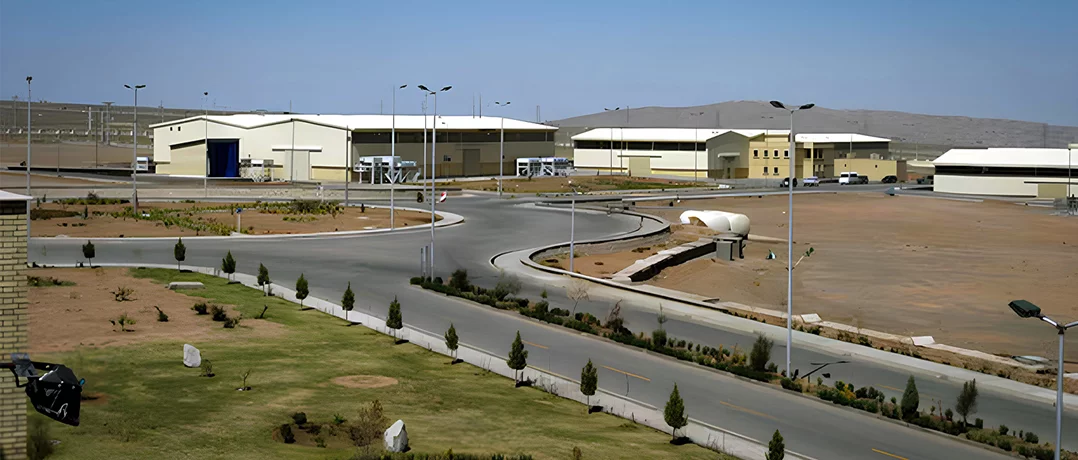Iran reportedly resumes nuclear activity at fortified Natanz site following US strikes, heightening regional and global tensions
Satellite imagery unveils possible renewed Iranian nuclear activity in Natanz
Satellite imagery unveils possible renewed Iranian nuclear activity in Natanz


Since the United States targeted Iranian nuclear facilities, speculations have been circulated about the success of the military operation. With President Donald Trump consistently confirming its success while others, including inside Tehran and Washington, claiming otherwise, ambiguity and uncertainty remain dominant. However, a recent commentary by the Center for Strategic & International Studies (CSIS) in Washington has revealed alarming news. It claimed that Iran has renewed its nuclear activity at one of its nuclear facilities, raising concerns amid tense dynamics with regards to both the Middle East and the West.
The CSIS report regarding Iran’s renewed nuclear activity
The CSIS report claimed that satellite imagery has revealed extensive construction and fortification activities at the Pickaxe Mountain (Jabal al-Manjam) facility, a deeply buried facility south of the Natanz nuclear site.
The aforementioned images show intensive excavation and construction operations inside the mountain, believed to be aimed at transferring sensitive uranium enrichment activities to more fortified sites that are difficult to target with airstrikes. Such a movement is driven by fear regarding Tehran’s facilities, which was caused by the previous US and Israeli bombardments with the 30,000-pound “bunker busting” bombs delivered by the B-2 stealth bombers. Amid these developments, analysts believe that Iran’s activities signal a drastic shift in its nuclear doctrine, from a “monitored program” to a “fortified program.” It has concluded that concealing its nuclear activity from international oversight is not only sufficient, but rather ensuring its safety and security from American capabilities – unveiled during the last confrontations.
Recent tensions arise concerning Iran’s nuclear program
The US-Israeli strikes have not been the sole tensions that have erupted. Iran’s relations with the International Atomic Energy Agency (IAEA) and the European Union (EU) has also witnessed significant deterioration.
The Joint Comprehensive Plan of Action (JCPOA) reached in 2015 has officially expired. Along with the “snapback” mechanism that the EU has triggered to reinstated United Nations sanctions, Tehran declared that all international oversight and agreement’s provisions have been effectively terminated. This termination has raised concerns as there are ultimately no international binding provisions and oversight that can limit Iran’s nuclear program and ensure its compliance with international norms and standards, which, according to the 1968 Nuclear Non-Proliferation Treaty (NPT), permits only the peaceful and civilian use of nuclear capabilities.


